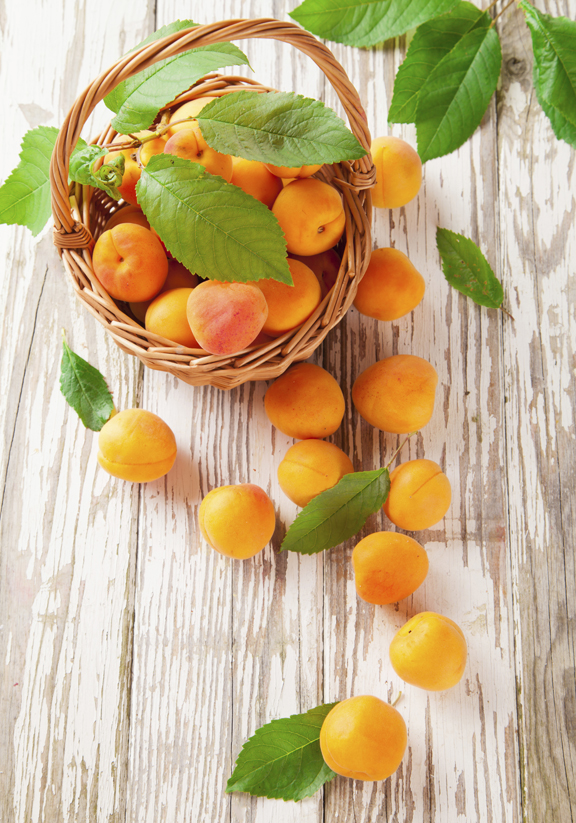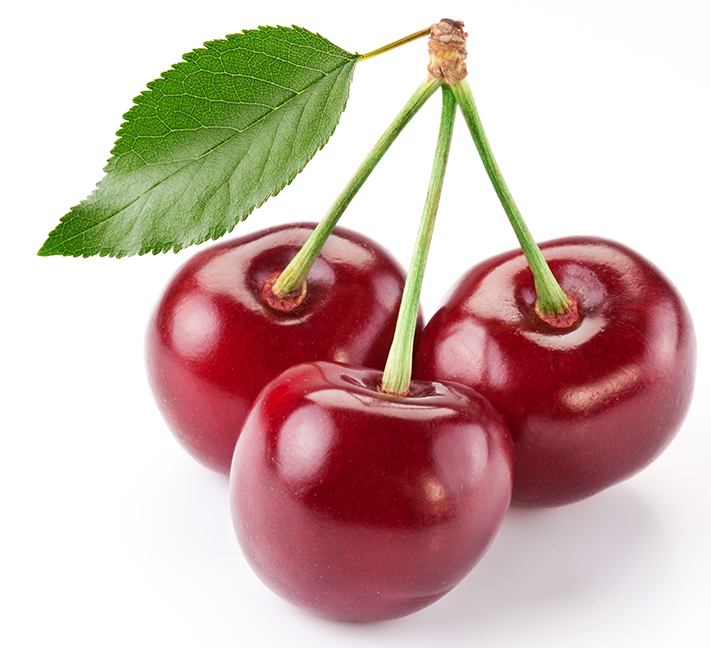Q. I have an Apricot tree that is four years old. I’m surprised by how big it’s grown since it’s a dwarf tree. How much should I cut it back, and should it be done now?
A. I’m assuming your tree is a semi-dwarf apricot. Semi-Dwarf fruit trees are not as dwarf as people expect, growing to eighteen feet with a ten-foot spread. However, they’re still classified as a dwarf compared to the larger growing standard apricot and other types of deciduous fruit trees. So when purchasing a dwarf tree, you should ask the question, How dwarf is dwarf? Deciduous fruit trees are pruned annually when they’re dormant in January and February. However, there is no problem with pruning in the fall, and it’s recommended with apricots. Apricots are susceptible to an airborne disease that enters through new pruning wounds, which are pruned during ten days of dry weather. We remove about twenty-five percent of the growth each year. All apricots’ varieties maintain the same general growth habit, so the same pruning rules apply to all varieties. Prune out enough branches to evenly shape the canopy, selecting old wood whenever possible. This spacing allows the sunlight to evenly penetrate all parts of the fruit-producing branches. The majority of the fruit is borne on second-year old wood. You can differentiate growth by color. The new growth is light, while the older shoots are dark. The long whip branches that grew during the summer are the fruit-producing wood for the coming year, so do not cut them too freely. The outside branches of apricots tend to lower each year with the weight of the fruit and foliage. They may be cut off the tree and replaced with new branches from the inside growth. Apricot wood is brittle, so care should be taken not to let the branches spread laterally to a great distance. Favor erect growth whenever possible. A sturdy framework is desired even at the expense of fruit production. Several pruning books are available that you can use as a reference, or you might attend a pruning demonstration this month at your favorite garden center.
Q. How might one care for an artichoke plant over the winter? One of my friends said to chop them down to the ground to get more artichokes next summer. Any advice on how best to transplant them, as I will need to move some soon?
A. During most winters, you leave them alone except if you’re going to divide them. Artichoke clumps are divided every three to four years to keep the production high. They usually cut to the ground first. I’d split the clump by digging it up and then segmenting it into smaller sections using a shovel or ax. The sections are transplanted in the new location. If you cannot accommodate all the plants, save the biggest and give the others away. I would work lots of organic matter like homemade compost or blended soil conditioner into the new planting areas, add some starter fertilizer, and then water to finish the relocation.
Q. I’d like to know if I should prune my Cherry tree. I’ve seen many articles about pruning fruit trees, but I don’t remember reading anything about cherry trees.
A. Cherry trees, like all other fruit trees, should be pruned annually. Once established, they are pruned minimally to control the size of the tree and shape. Cherry trees produce long, whip-like branches each year. This growth should be trimmed back or removed entirely if they are too close together. You should be able to slip a minimum of three to four fingers between branches. With a dense and thick canopy, the tree’s center gets insufficient light. This affects the cherry crop. Establishing the scaffolding and secondary branches is the primary pruning purpose with new or young trees. These limbs are the foundation on which the rest of the canopy develops. Early on, the most significant decision is to choose the location of the lowest scaffolding branches. The lower to the ground these branches are, the easier it is to pick the fruit and prune the tree. The most common size fruit tree sold today is a semi-dwarf tree. Unfortunately, the name is misleading as they are not short, compact trees. The typical semi-dwarf tree grows fifteen to eighteen feet. But, they are smaller than a standard fruit tree, which grows to twenty-five feet. The fruit is the same regardless of the type of tree. Another misconception is that the distance or space between the ground and the lowest limb changes as the tree matures. These limbs will never get any higher, just more prominent, so it’s essential to establish them at the right point from the beginning. With young trees, you can change your mind, but once they mature, it’s too late. Overall, you would remove annually about ten percent of the growth each year. It’s helpful to distinguish between vegetative buds and fruit spurs. The vegetative buds are the single buds located on the new growth or wood. The new wood is light tan, while the mature growth is dark brown. Fruiting spurs are located on the old wood and found in clusters of three or more. The fruiting spurs are visible as the leaves drop in the fall.


